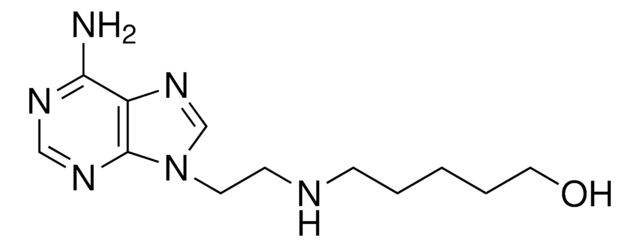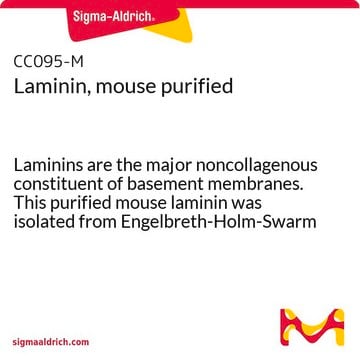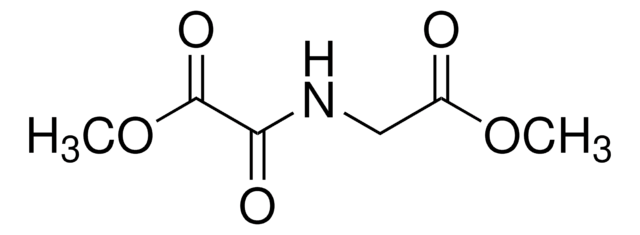The solubility information can be found on the Specification sheet: Solubility (Solvent) Water or 1% Acetic Acid Solubility (Conc) 1.00 - 1.04 mg/ml. Stock solutions are stable for up to 3 months at -20°C.
A1439
Pituitary adenylate cyclase activating polypeptide-38
Sinônimo(s):
PACAP-38
Selecione um tamanho
Selecione um tamanho
About This Item
Produtos recomendados
Formulário
powder
Nível de qualidade
composição
Peptide content, ~70%
nº de adesão UniProt
temperatura de armazenamento
−20°C
Informações sobre genes
human ... ADCYAP1(116)
Amino Acid Sequence
Descrição geral
Aplicação
Ações bioquímicas/fisiológicas
Outras notas
Código de classe de armazenamento
11 - Combustible Solids
Classe de risco de água (WGK)
WGK 3
Ponto de fulgor (°F)
Not applicable
Ponto de fulgor (°C)
Not applicable
Equipamento de proteção individual
Eyeshields, Gloves, type N95 (US)
Escolha uma das versões mais recentes:
Certificados de análise (COA)
Não está vendo a versão correta?
Se precisar de uma versão específica, você pode procurar um certificado específico pelo número do lote ou da remessa.
Já possui este produto?
Encontre a documentação dos produtos que você adquiriu recentemente na biblioteca de documentos.
Os clientes também visualizaram
-
How can stock solutions for item A1439, Pituitary adenylate cyclase activating polypeptide-38, be reconstituted and stored?
1 answer-
Helpful?
-
Active Filters
Nossa equipe de cientistas tem experiência em todas as áreas de pesquisa, incluindo Life Sciences, ciência de materiais, síntese química, cromatografia, química analítica e muitas outras.
Entre em contato com a assistência técnica










